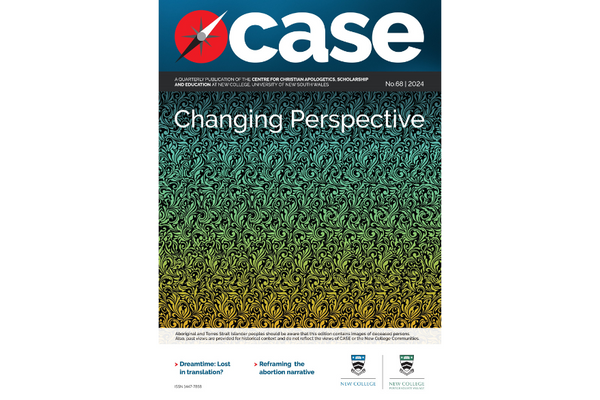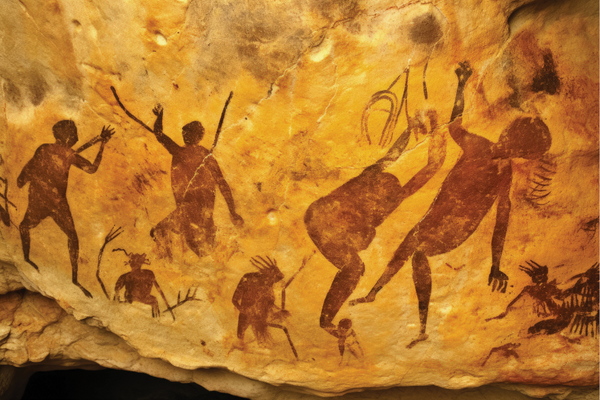Book Review: Truth, Beauty & Goodness Reframed

Truth, Beauty and Goodness Reframed, by Howard Gardner, is a fresh examination of the three traditional virtues in light of postmodern scepticism and the increasing influence of the new social media. The magisterial quality of this work is undeniable, with Gardner drawing on decades of research, writing and teaching in the areas of psychology and education. Prompted by three lectures given at the Museum of Modern Art, New York, in 2008, Gardner’s latest work is engaging reading for anyone who wishes to understand how these concepts can be understood and reformulated in our rapidly changing world.
In the early chapters of his work, Gardner examines the three virtues in detail, demonstrating how each one has been conceived throughout the centuries, but also how each is exposed to a constant process of re-negotiation within modern Western society. Can we rely on the news media for truthful reporting? How can we conceive of beauty when many modern artists seek to shock rather than delight? With the prevalence of situational ethics and politicised morality, how can we know what is right and wrong? Rather than providing many answers, Gardner calmly traces the changes that have taken place and highlights the dilemmas that many modern educators confront in examining these key virtues. All chapters are illuminating, but especially his chapter on ‘Beauty’. In this section, Gardner, a keen visitor to art galleries, recounts his developing appreciation of modern art forms.
Chapter 5, ‘A Promising Start’, deals with the trio of truth, beauty and goodness in terms of human development. During childhood and adolescence the individual begins ‘to seek information and to raise questions’ in respect to each of these virtues. Giving some background to the tension between nativist and empiricist accounts of human development, Gardner states that now developmental psychologists have arrived at a ‘rough consensus’ (p108). He summarises this consensus by saying that ‘Infants arrive on the planet with a definite set of life plans—‘hard-wired’ physical and physiological developmental plans and ‘softer’ more flexible social and emotional trajectories, as well as predictable milestones of cognitive development’ (p108). Given normal circumstances, children as they grow, increase their knowledge of the world around them, identify things in their surroundings to which they can attribute the status of beauty, and begin to differentiate between what is right and what is wrong. If this is done in a context of ‘constructive engagement’, by using investigation and discussion rather than being given non-negotiable, purely didactic pedagogy, then there is the chance that a ‘genuine, lasting moral compass may be installed’ (p131). This section of Gardner’s work will be of significant interest to educators at all levels.
One of the strongest sections in Gardner’s book is Chapter 6, ‘Learning Throughout Life’. This chapter convincingly reinforces the concept of lifelong learning, a notion that most modern educators warmly embrace. Dispensing with the belief that there are age related thresholds beyond which one cannot effectively begin or maintain particular intellectual or artistic pursuits, Gardner nevertheless challenges people of all ages to keep abreast of developments in the digital media. This should be done so as not to fall behind in the ability to utilise the emerging inventory of digitally available means of enhancing understanding and expression. Failing to do so can be unnecessarily self-limiting for older people. Another potentially limiting factor is the repertoire of attitudes that are shaped throughout a lifetime. As Gardner puts it, ‘so much depends on one’s own earlier experience—its breadth, its continuity—and openness to change, that individual differences here must dwarf developmental (life-stage) or cohort differences (the place and date of one’s birth)’ (p168). The excitement and success that come with embracing and pursuing new areas of knowledge and creativity need not just be the domain of the young.
Although, by necessity, adopting an interdisciplinary approach to the three virtues, and referring to many scholars and theorists, Gardner also draws on some of his own well respected research over many years. He does this with reference to the Good Play Project, the encompassing title for a research project he established to explore five ethical issues, regarding youth, that need to be rethought or reformulated ‘in light of the ubiquitous new media’. They are: sense of identity; privacy; trust; ownership and authorship; and participation in a community. Relating his research to the virtue of truth, particularly, Gardner is convinced that ‘these five ethical flashpoints will have to be reformulated in the new digital era—not necessarily for the worse, but differently’ (p101). The potential for abuse and harm within the digital media highlights the problem that what is appropriate within ‘neighbourly morality’—the local domain of everyday existence—may not always apply in the global sphere—an ‘uncharted territory’ that is having increasing relevance for us all. This is especially pertinent for young people, whose personal maturity does not always match their ability to handle the digital media and to reach appropriately beyond their immediate environments.
Gardner’s pluralistic agenda is evident throughout this work, and for the Christian reader there is a somewhat vacuous, social and political correctness about it that will leave many unimpressed. Statements like ‘I don’t believe for a minute that pursuit of goodness is dependent on any particular religion, or, indeed, on religious beliefs altogether’ (p94) do not sit comfortably with the orthodox Christian belief that all goodness emanates from the character of God. To then go on to correlate low crime rates with those countries that have the lowest percentage of believers and the lowest attendance in church, is an unnecessary jibe that is not backed up by Gardner citing sufficient evidence. Add to this the statement that ‘In spite of some recent trends to the contrary, I anticipate that belief in God, and religious beliefs more generally, are likely to wane in the period ahead’ and the reader senses prejudiced and somewhat contradictory speculation on Gardner’s part. At this point his pluralistic composure falters.
But overall, this is an essentially positive work, with Gardner expressing a quiet confidence in the capacity of human societies to deal with the constant re-negotiation of concepts of truth, goodness and beauty that is taking place throughout the Western world. The sheer breadth of the task that Gardner has set himself ensures that it is a generalised response to the many issues under discussion. It is, however, a good, thoughtful starting point for any reader who is challenged by these issues. It sharpens our awareness of the pressure that is exerted on our thinking by the digital media and postmodern uncertainty, and opens up some potential pathways for the future.
Leave a comment
Comments will be approved before showing up.



